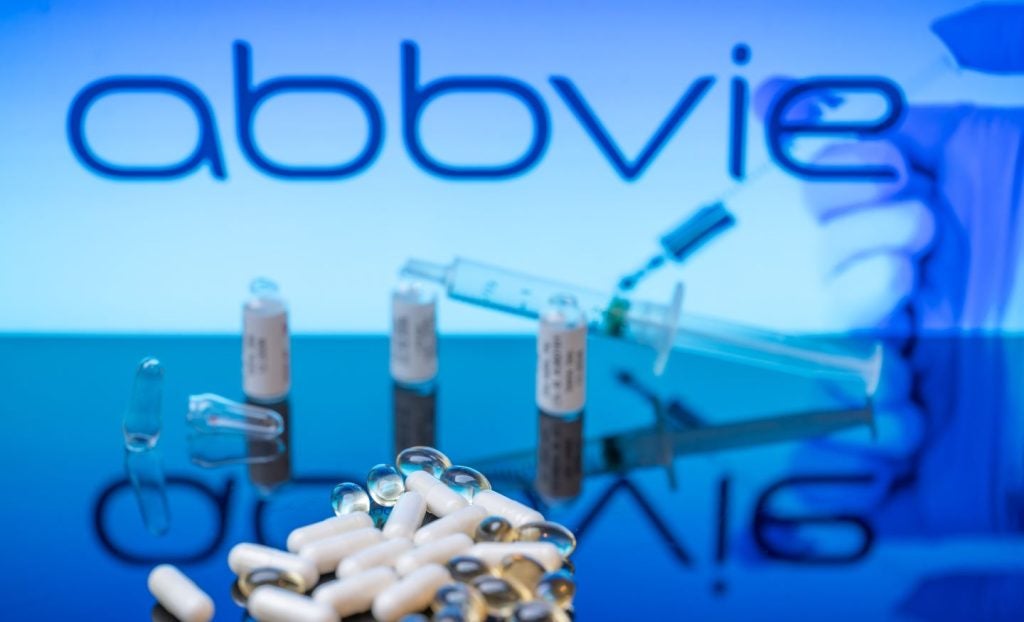The Chitose project is a human serum albumin (HSA) production plant that uses a genetic biologic recombination process.
Located at the Chitose factory in Hokkaido, Japan, the plant is owned by Bipha, a wholly owned subsidiary of Yoshitomi Pharmaceutical, which is now known as Mitsubishi Pharma Corporation.
HSA is one of the world’s most used intravenous proteins and is an alternative to donor blood. Clinical applications include stabilising blood volume during surgery.
Yoshitomi Pharmaceutical initially aimed to raise CNY1bn ($9.5m) through product sales within a three-year timescale.
Production and demand of HSA in Japan
HSA demand in Japan is estimated at 5.9 million vials a year. Of this, 3.9 million vials are sourced from Japan and the additional two million are made from imported blood plasma.
The main challenge of producing HSA is manufacturing it more cost-effectively than obtaining genuine blood. The product must also be produced in a controlled environment to avoid contaminations and reductions in purity.
To control production costs optimum quantities of HSA must be produced from a minimum volume of cell culture, followed by a high-efficiency, high-yield purification method.
The Chitose project’s technology provider Amersham Pharmacia Biotech developed a manufacturing process for HSA by genetically manipulating Pichia pastoris on a commercial scale. This methylotrophic yeast is widely used as a host strain for the production of a variety of heterologous proteins.
An application for government approval of this process was made in 1997 under the brand name Albrec. Cellastim 8482 is a more recent competitor human albumin product from the biotech Ventria Bioscience, alongside Recombumin from Delta Biosciences of the UK.
HSA plant construction
Construction of the new serum plant began in 1998 and was completed in Q4 1999. After a period of trial operation, the plant began full-scale commercial production in mid-2000. The cost of construction was CNY14bn ($134m).
The new plant uses the Streamline process and Chromaflow technology developed by Amersham Pharmacia Biotech, which also supplied other downstream equipment and chromatography media.
Streamline technology is said to improve productivity by roughly 50% in terms of processing time and 45% in terms of yield. In addition, the lifetime of the gel and column are very long, making the process more cost-effective.
Construction was handled by pharmaceutical engineerign company Niigata Engineering Corporation.
The plant has the capacity to produce around 1 million vials a year. This is the equivalent to a capacity of 12.5t a year of pure recombinant HSA (rHSA).







